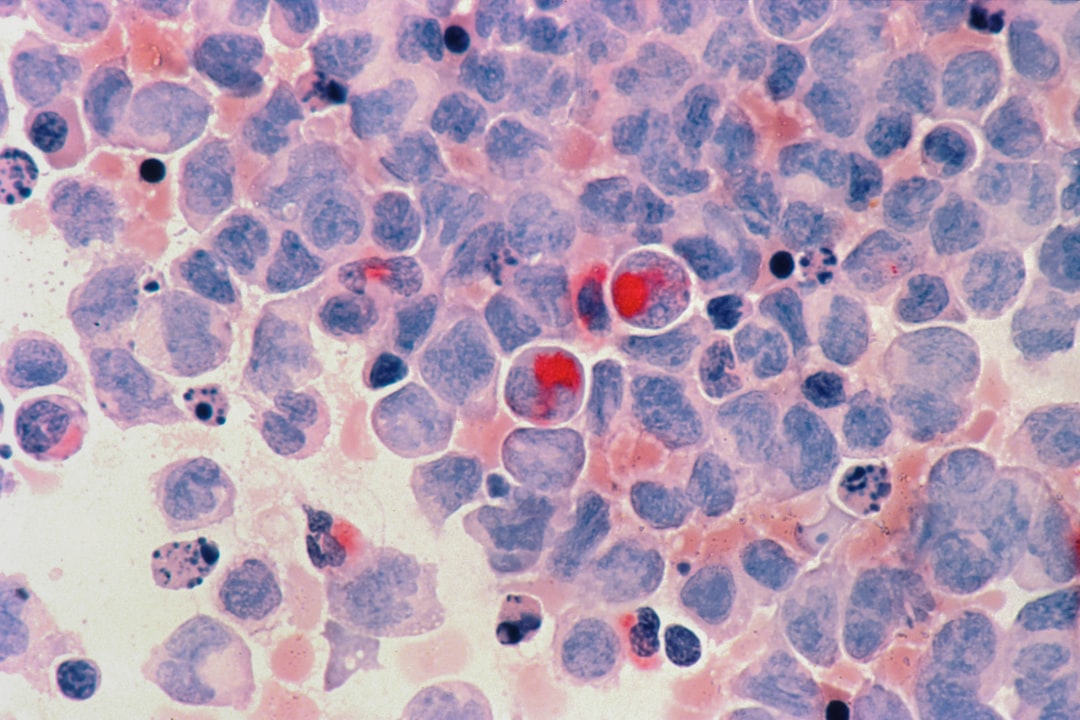What is it about?
Both obstructive sleep apnea (OSA) and decreased serum lipoprotein(a) (Lp(a)) concentrations are associated with insulin resistance. Our results for the first time demonstrated that, as Lp(a) concentrations declined, a steeper and more significant positive relationship between OSA severity and insulin resistance could be observed. This suggests that decreased Lp(a) concentrations, which are primarily genetically determined and remain stable over an individual’s lifetime, may biologically enhance the adverse pathophysiological effects of OSA on insulin resistance.
Featured Image

Photo by Paweł Czerwiński on Unsplash
Why is it important?
To explore the interaction between OSA and Lp(a) is of potential clinical importance as they are relevant to the assessments of metabolic and cardiovascular disease risk in OSA patients. For instance, because Lp(a) is highly atherogenic, it has been recommended that its concentrations should be lowered in individuals with a high risk of CVD. However, this treatment may lead to an excessive risk of insulin resistance and subsequent adverse metabolic or cardiovascular consequences in OSA patients
Perspectives
Further fundamental and intervention studies are needed to confirm the biological or clinical impact of the interaction between OSA and Lp(a).
Yupu Liu
Shanghai Jiao Tong University
Read the Original
This page is a summary of: Effect of the Interaction between Obstructive Sleep Apnea and Lipoprotein(a) on Insulin Resistance: A Large-Scale Cross-Sectional Study, Journal of Diabetes Research, April 2019, Hindawi Publishing Corporation,
DOI: 10.1155/2019/9583286.
You can read the full text:
Contributors
The following have contributed to this page










